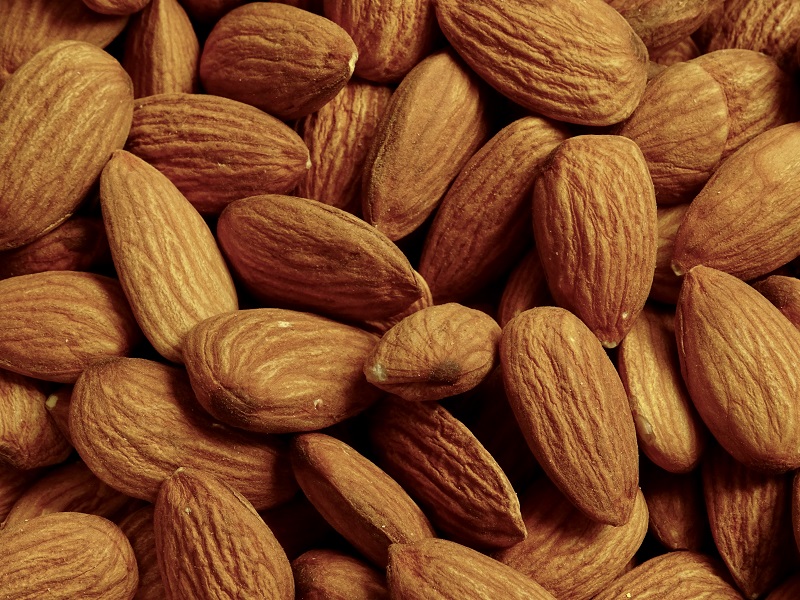Feared Pest Attacks Midwest Berries
An Indiana blackberry farmer is alerting his fellow berry growers that he discovered spotted wing drosophila (SWD) larvae in his crop Tuesday, just one day after harvest began.
Austin Witt of District 6 Farms in Jasonville, IN, sent an email to Purdue University Extension because he was shocked to see the pest show up about the same time as it did in 2017 – when the Midwest enjoyed a much warmer spring than this unusually cold and rainy year.
“Without saying the ‘r-word’ we all know the complications that come with weather such as what 2019 has delivered,” Witt wrote. “Without being able to get the tractor in the field for weeks on end, our main concern has been fungus. While fungal disease is certainly appearing, we were shocked to find some SWD larvae in our blackberries on June 25th, only our 2nd harvest day of the season.”
Contacted at his farm, Witt said he expected the pest to arrive closer to the middle of his 10-week harvest, as it did in 2017.
“But this year, SWD showed up right at the beginning, which is odd,” he said.
It would seem to indicate that SWD arrival time has more to do with the calendar than it does the conditions. Entomologists could not immediately be reached for comment.
Witt, who farms only blackberries and sells 100% of his crop wholesale, wanted to alert his fellow growers because he knows firsthand how devastating the pest can be to a fresh market berry grower. He got hit with SWD in 2016 during his very first harvest, and immediately embarked on a crash course researching everything he could about the pest.
“What SWD does is it prevents you from selling you the fruit, period,” he says, before adding with a chuckle: “Ever since 2016, I’m pretty sure I can spot an SWD larva from 100 feet away.”
Witt said of his find this week that the larvae were found on blackberries that were slightly overripe but still marketable. They were not found on the fruit that had ripened that day.
As for the immediate future, Witt concluded in his email to Purdue: “To stay ahead of SWD, we are shortening the time between harvest days; not allowing any fruit to rot on the ground; rotating Malathion, MustangMaxx, Entrust, & Delegate on a 5-day interval as weather permits; and storing the fruit at 33*F for 2 days before shipping to kill as many eggs/larvae as possible.”









